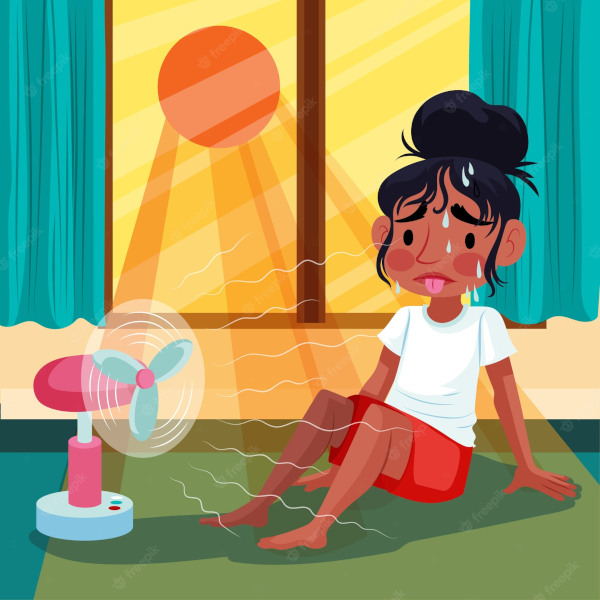Why Your Second Floor Won’t Cool Down—And What the Basement AC Has to Do With It
You crank the AC, but the upstairs feels like an attic in July. Meanwhile, your basement feels like a walk-in freezer. If you’ve got a central air conditioner tucked away in the basement and your second floor never seems to cool properly, you’re not imagining things—and no, it’s not just “because heat rises.”
There’s a real reason the second floor stays warm, and it comes down to airflow, duct layout, and basic physics. Let’s break it down.
🏠 Cool Air + Gravity = Basement Wins Every Time
Your air conditioner doesn’t push cold air upstairs—it pushes dense air. Cool air naturally wants to settle, and that’s exactly what it does. If your AC is located in the basement, it has to work against gravity, heat gain from the roof, duct friction loss, and poor return airflow—all to move cool air up to where you actually live and sleep.
The result? Your downstairs is overcooled, your second floor is undercooled, and your electric bill just sighs in frustration.
🔁 How Much Airflow Does a Room Actually Need?
Let’s talk about air changes per hour (ACH)—how often the full volume of air in a room is exchanged with conditioned air.
To truly cool a room during peak summer heat, you want around 7 air changes per hour. Here’s how the math breaks down for a second-floor bedroom:
Example:
Let’s say the room is 12’ x 12’ with 8’ ceilings. That’s:
12 × 12 × 8 = 1,152 cubic feet
To get 7 air changes per hour, you’d need:
1,152 × 7 = 8,064 cubic feet per hour of airflow
Divide by 60 minutes:
8,064 ÷ 60 ≈ 134.4 CFM (cubic feet per minute)
That means your bedroom needs around 135 CFM of supply airflow in and out of the room to cool it properly. Many second-floor rooms are only getting 60–80 CFM, especially if the duct runs are long or undersized. That’s barely half of what’s needed—no wonder it’s still warm up there.
📉 Why Basement Systems Struggle to Deliver
Here are the main obstacles working against you:
- Long Duct Runs Upward – More resistance, more loss.
- Low Static Pressure – Systems aren’t strong enough to push air upstairs efficiently.
- Unbalanced Duct Design – Basements and first floors get the lion’s share of air.
- Weak or Missing Returns – If hot air can’t be pulled out of upstairs rooms, the cold air has nowhere to go.
- Duct Leakage – Cooled air leaks out before it even gets to the second floor.
So, even if your system technically has enough capacity, the distribution just isn’t getting the job done upstairs.
🛠 What You Can Do About It
Here are a few ways to fight back:
1. Balance the airflow
A tech can measure CFM at each vent and adjust dampers to favor the second floor. It’s not a cure-all, but it’s a solid first step.
2. Install a booster fan
Inline duct booster fans can add pressure to long upstairs duct runs, increasing airflow where it’s weak.
3. Add return vents upstairs
This is a big one. Hot air needs somewhere to go. A return in each bedroom (or at least one per floor) helps cycle the air properly.
4. Consider zoning
Zoned systems use dampers and thermostats to send cooling only where it’s needed. It’s more advanced, but it works wonders in two-story homes.
5. Go ductless upstairs
If the second floor is always struggling and the rest of the house is fine, a ductless mini-split upstairs might actually be more efficient—and cheaper—than trying to rebuild the ductwork.
🧊 Bottom Line
Your second floor isn’t cooling well because your system is fighting physics, distance, and duct design. And if you’re not getting around 7 air changes per hour, your AC just can’t keep up.
So if you’re sweating through summer nights while the basement shivers, the problem isn’t the AC itself—it’s the delivery system. And with the right tweaks, you don’t have to live with it.
Premier Mechanical – www.claimyourcomfort.com – 720.207.6812

